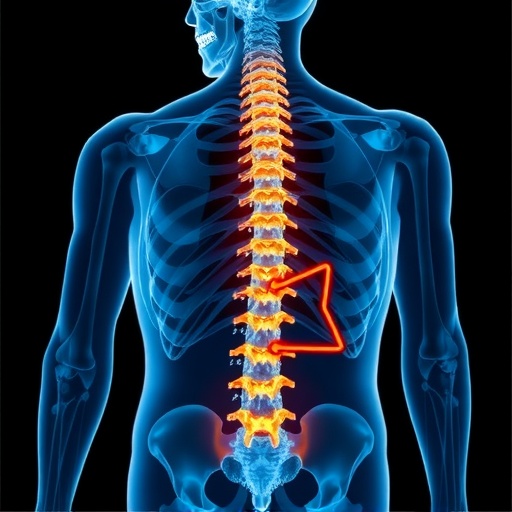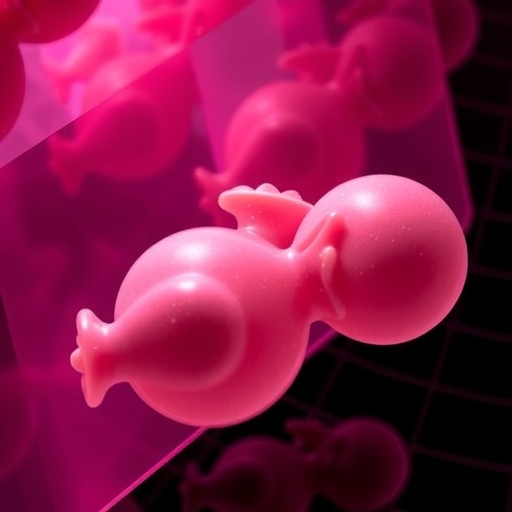NEW YORK, NY (September 24, 2018) – In a new study published in the journal Frontiers in Psychiatry, a team led by Child Mind Institute researchers found that specially-designed wearable devices that passively capture and quantify child vocalization features have the potential to inform research into selective mutism by providing standardized, objective measurements that can aid in diagnosis and assess the efficacy of treatment approaches. Selective Mutism (SM) is an anxiety disorder often diagnosed in early childhood that is characterized by persistent failure to speak in certain social situations, but not others.
In the study, Clinical Perspective on Passive Audio Vocal Measurement in the Evaluation of Selective Mutism, researchers led by lead author Michael P. Milham, MD, PhD, the Phyllis Green and Randolph Cowen Scholar and vice president of research at the Child Mind Institute, conducted two tests using passive vocal recording to assess individuals with SM. The LENA digital language processors include a device and software allowing for passive measurement of vocalization counts, vocal volume, and other conversational measures in children. Evidence from both tests indicated the feasibility of using this type of technology to quantify child vocalization features affected by SM. The researchers also highlight comparative analyses of passive audio capture and its potential to enhance diagnostic characterizations for SM, as well as possible limitations of such technologies.
"Selective mutism is a disorder that, despite its prevalence, has not been the subject of extensive research. Clinicians continue to face significant challenges in effectively diagnosing selective mutism and monitoring and measuring the efficacy of treatments using standardized, objective tools," said Dr. Milham. "Our finding suggest that wearable technologies that can unobstrusively capture vocalization data have real potential to advance SM research and help clinicians determine whether or not treatments are working."
###
About the Child Mind Institute
The Child Mind Institute is an independent, national nonprofit dedicated to transforming the lives of children and families struggling with mental health and learning disorders. Our teams work every day to deliver the highest standards of care, advance the science of the developing brain, and empower parents, professionals and policymakers to support children when and where they need it most. Together with our supporters, we're helping children reach their full potential in school and in life. We share all of our resources freely and do not accept any funding from the pharmaceutical industry. Learn more at childmind.org.
Media Contact
Adam Pockriss
[email protected]
212-843-8286
http://childmind.org
http://dx.doi.org/10.3389/fpsyt.2018.00443




